Introduction to Crassula: The Versatile Succulent
Dive into the lush world of Crassula, a fascinating genus of succulents that includes the charming Jade Plant, among others. Known for their resilience and architectural forms, these little green gems are a favorite in the plant community. From glossy, plump leaves to intricate branching patterns, Crassulas offer a variety of textures and shapes that can accentuate any garden or windowsill.
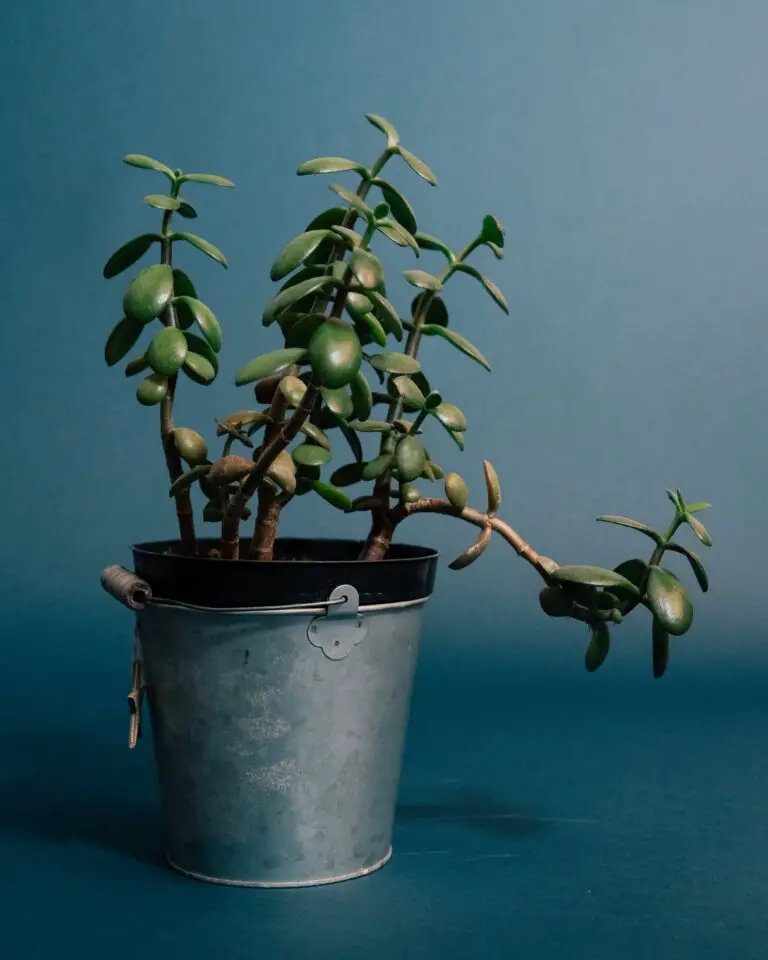
Whether perched on a sunny patio or nestled among rockeries, Crassulas possess the uncanny ability to thrive with minimal fuss. Consider the Jade Plant, an emblem of prosperity and endurance; its thick, vibrant leaves embody the hardy nature of this remarkable genus. You could encounter them hugging the cliffs of a distant shoreline or adding that sought-after verdant touch to a cozy apartment space. Crassulas are true survivors, adapting to a myriad of outdoor settings.
For those looking to bring the essence of the outdoors inside, Crassulas are the perfect candidates. Their ease of care makes them ideal for houseplant enthusiasts seeking a touch of green without the hassle. Nurturing these plants is a delightful journey, one that rewards patience with lush, enduring growth.
Interested in enriching your gardener’s toolkit? Look no further than expert Crassula care tips to sustain and celebrate these succulent wonders. From selecting the right soil blend to mastering the watering rhythm, learning about the unique needs of Crassula species is an engaging experience that enhances your green thumb credentials while fostering a deeper appreciation for the plant kingdom’s diversity.
Witness firsthand the diverse applications of Crassula species as they seamlessly blend with other succulents or stand solo as sculptural elements. Their versatility is exemplified in both large-scale garden designs and intimate indoor arrangements, proving that these succulents can hold their own, inside or out.
Crassula’s Natural Habitat: Insights for Outdoor Cultivation
Imagine a plant that can hold its own against the harsh caress of the sun, the uncertainty of rainfall, and the arid embrace of its native soil. The Crassula, a marvel of the succulent world, does just that! From the rocky, sun-soaked cliffs to the dry, coastal areas of the Eastern Cape of South Africa, these stoic beauties have found a way to thrive. It’s like they’ve mastered the art of survival in a world that goes from one extreme to another.
The Crassula species have adapted to environments that would make other plants simply blush and wither. They’re the endurance athletes of the plant kingdom, training in some of the most formidable natural gyms. For gardeners daring to mimic these conditions, the rewards are as substantial as the Crassula’s plump, water-storing leaves. Take, for instance, a breezy seaside garden where the soil is well-draining, and the sun is plentiful—Crassula plants here would feel right at home, turning that space into a scene reminiscent of their wild origins.
What does this mean for growing Crassula outside? It’s simple: If you can recreate even a smidge of their natural habitat, you’ll have these succulent friends showing off their luscious greens and vivid blooms right in your garden! It’s not about coddling them; it’s about understanding what makes them tick. And if you’re keen to dive deeper into nailing that perfect succulent care routine, understanding their habitat is key.
Take a peek at this enlightening video that wanders through the natural habitats of succulents, and you’ll see just what makes a Crassula so delightfully robust:
When it’s time to plant your Crassula outside, close your eyes and picture the rugged landscapes where it reigns supreme. Recreate that scenario, and you’ll have an outdoor succulent oasis that’s both whimsically wild and elegantly tamed. Isn’t that just the dream?
Climate Considerations for Outdoor Crassula Plants
Are your green thumbs itching to let your Crassula reign supreme outdoors? You’re not alone! Gardeners and succulent enthusiasts are constantly pondering the possibilities. But before you fling open the doors to your garden Eden, let’s talk climate—the make-or-break factor for your Crassula’s happy outdoor life.
First things first, temperature is the big boss here. Think Goldilocks—your Crassula doesn’t like it too hot or too cold. Most species savor a sweet spot between 65°F (18°C) and 75°F (24°C) during the day. But don’t fret, they’ll forgive a cool drop at night. However, it’s the extremes that will get your succulent sulking, or worse, if temperatures plummet below freezing, you might as well play Taps.
Now, let’s chat seasons. Summer beams with warmth, and it’s all sunshine and smiles for Crassula. But when autumn’s chill whispers, it’s your cue to watch out! Winter is the Mufasa among seasons; majestic, but it can be unforgiving with a cold bite that can harm or halt the growth of your succulent.
Flip the calendar to spring, and you can practically hear your Crassula breathing a sigh of relief. This is growth spurt territory, with milder temperatures urging those fleshy leaves into action. Finding that perfect microclimate in your garden, where the sun playfully kisses but doesn’t scorch, and where the Crassula can snuggle away from winter’s grasp, that’s your mission.
For those living in cooler zones aiming to keep their Crassula outdoors year-round, it’s a feisty challenge that requires cunning and creativity. Consider a spot that gets winter sun but is shielded from bitter winds. Mulching or providing temporary cover during frost can act as a cozy blanket for your succulent. And if you’re in a particularly frosty realm, think temporary outdoor visits during the growing season or a cushy greenhouse setup.
Remember, we’re not playing a game of chance with Mother Nature—the goal is a resilient Crassula that thrives against the odds. Need some tailored advice on nurturing your succulent buddy? Take a peek at our resource on succulent care insights for some top-down know-how.
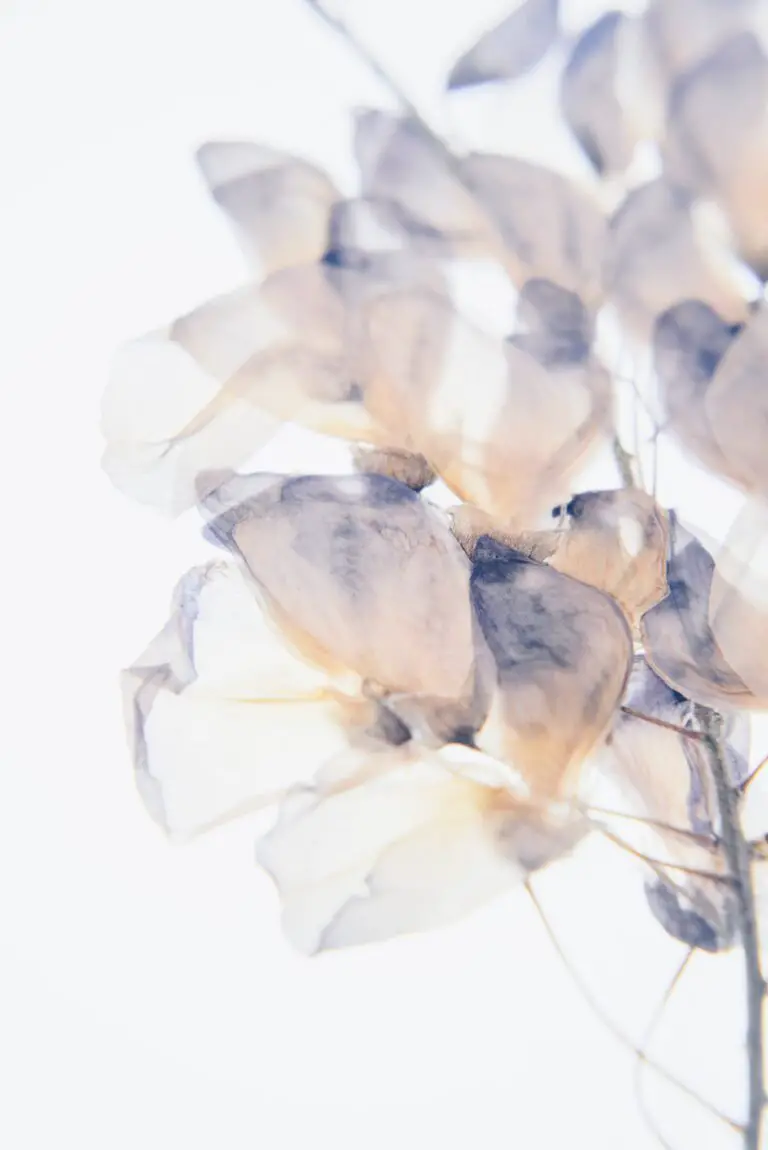
Real-life examples, you ask? Let’s look at Mrs. Green’s Crassula. It weathered a sizzling SoCal summer only to be overwatered amidst a hot spell. The key takeaway? Temperature fluctuations and moisture management require vigilance. Then there’s Mr. Cactus-Whisperer, with his New York balcony garden. His secret? Strategic positioning during seasonal shifts guarantees his Crassula gets optimal light without the winter woes.
Listen to the whispers of your environment, respond with a gardener’s intuition, and your Crassula outside will do more than just grow—it’ll be the standout gem of your garden storytelling.
Acclimating Crassula to the Great Outdoors
Imagine a sunbather at the beach – they don’t just dive into hours of sun; they ease into it with a good slather of SPF and some time under the umbrella. The same principle applies when introducing your cherished Crassula to outdoor living. Bringing these succulents outside without a game plan is like sending an astronaut to space without a suit; it’s just not going to end well. The key to a seamless transition lies in the art of acclimation.
Start by choosing a spot that shelters your Crassula from harsh rays yet offers a sip of morning sunlight. This dappled dance of light and shade is like a gentle handshake between your plant and the great outdoors. A couple of hours of morning sun followed by afternoon protection primes our green friends not to throw a tantrum – no leaf sunburns or root rebellion, please! Gradually, like a slow and steady drumbeat, increase their exposure. What’s the rush after all?
Picture this: you’ve got a friend who’s lived in a cozy cabin all their life, and you want to invite them camping. You wouldn’t toss them into the wilderness with just a hammock and a smile. No, you’d give them the right gear and a pep talk. It’s the same for Crassula. One must introduce outdoor elements like breezes, which are like nature’s lullabies, and temperature fluctuations, akin to nature’s mood swings, in digestible doses. Otherwise, you’ll have a Crassula meltdown on your hands.
Our leafy friends are adaptable but need time to harden off. Like sending kids off to college, it’s essential to nurture independence gradually to avoid shock. A scenario you want to avoid is a sudden cold snap turning your Crassula into an icicle – which they’ll resent in silent, plant-like fury. So remember, it’s all about baby steps – or should we say, baby leaflets?
We all love a good visual, so for a deep dive into helping your Crassula thrive outdoors, here’s a tidbit from a green thumb guru that can turn you into a crassula-whisperer:
Soil and Drainage: The Root of Success
Is there a secret to flourishing Crassula in the great outdoors? Absolutely, and it begins beneath the surface! Imagine soil as the foundation for a skyscraper. If it’s shaky, the entire building is at risk, but with a strong base, the sky’s the limit. That’s the role well-draining soil plays in nurturing Crassula outside.
Let’s talk about your typical outdoor dirt. It’s often dense, clumpy, and more retentive of water than a sponge at a pool party. For water-loving plants, that’s a dream come true. But our Crassula friends? They’re more of the ‘less-is-more’ kind when it comes to hydration. Planting them in standard soil is like giving them an all-access pass to root rot. Not exactly the kind of party we’re aiming for.

Now, envision yourself creating the perfect blend of gritty, porous, and nutrient-rich land—like crafting your own special tea blend that has just the right flavors. You’ll need ingredients like coarse sand, perlite, or pumice. These are the secret spices that will make your Crassula thrive like a sunbather in Mallorca. The water drains through, the roots breathe easy, and the plant? It’s healthy, happy, and robust.
We’re not just spinning tales here. Real-life examples abound, like Lisa’s lush backyard sanctuary. She was once a serial succulent-slayer until she learned the value of well-draining soil. Now, her Crassula collection stands testament to the transformation, with every plant basking in the glory of her garden masterpiece.
So, grab your shovel, a little creative spirit, and start mixing. Whether you’re a balcony gardener or an acreage owner, the right soil will elevate your Crassula from mere existence to an exemplary outdoor spectacle.
Sunlight and Shade: Striking the Perfect Balance
Picture this: you’ve just brought home an adorable Crassula plant, eager to add a touch of green to your outdoor space. But, as you gaze around your garden, you’re bewildered. Where should your new succulent companion bask in the sun, and where can it reprieve in the shade? Fear not, green thumbs and gardening novices alike, for the secret to a thriving Crassula under the open sky is all about mastering the art of balance.
Crassulas, a delightful clan of succulents, bask in the glory of the sun yet hold a subtle appreciation for shade. The goal here is simple: provide them with a sun-soaked spot that gets dappled with gentle shadows as the day progresses. Too much direct sunlight, and your Crassula might just throw a fit, showcasing telltale signs of distress like sunburn or faded leaves. On the flip side, an overly shaded existence can lead to a pale, stretching Crassula, yearning for the sun’s kiss.
Imagine your Crassula as a beach-goer, lounging under the sun with the perfect umbrella – that’s the kind of environment you’re aiming to recreate. Find a location where the sun plays peek-a-boo behind taller plants or structures, casting a pattern of sunlight and shadows. This dance between light and shade throughout the day is what will keep your outdoor Crassula jubilant, with leaves as vibrant as a summer’s day.
Real-life example? Consider a spot in your garden that gets about 4 to 6 hours of morning sunlight, followed by partial shade as the afternoon sets in. Morning sun tends to be less harsh, allowing your Crassula to photosynthesize happily without the added stress of intense afternoon rays. It’s like sipping a cool drink on a warm day – refreshing and vitalizing.
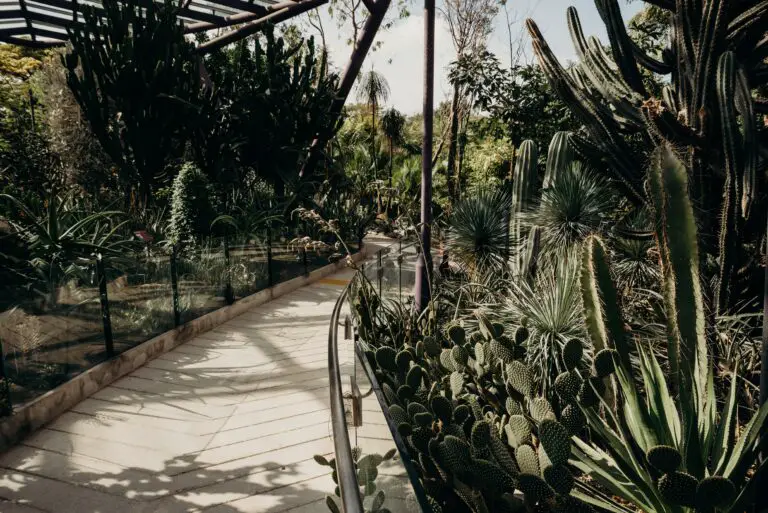
If you’re dwelling in a particularly hot climate, don’t shrug off the importance of shade. Like us seeking the solace of a tree on a sweltering day, your Crassula will thank you for an afternoon respite from the blazing sun. If nature doesn’t provide you with built-in shadows, create your own. Use light, breezy cloth canopies, or position patio umbrellas to fend off those intense rays.
And don’t forget, the seasons change the sunlight shuffle. As summer transitions to fall, and fall to winter, the sun’s angle shifts, altering the patterns of light and shadow in your garden. This means it’s critical to observe and perhaps even move your Crassula to ensure it continues to enjoy that perfect equilibrium between sunbathing and shadow lounging.
So there you have it – a simple yet essential guide to ensuring your Crassula doesn’t just survive but thrives in its outdoor home. By giving it just the right mix of sunlight and shade, you’re not only fostering its growth but also transforming your garden into an oasis of delightful contrasts and lush succulent beauty.
Watering Wisdom: Quenching Crassula’s Thirst
Imagine a Crassula plant sunbathing serenely in your garden, basking in the glory of gentle morning rays. Much like a seasoned sun worshipper, this succulent knows the joys of the outdoors. But here comes the twist – the moment we quench its thirst. How do you hydrate the Crassula without drowning its spirits? Let’s dive into the nectar of best practices when watering your outdoor Crassula.
First off, let’s dispel the myth: “The more water, the merrier.” Nope, not for succulents like Crassula. These rugged beauties require a ‘Goldilocks’ watering approach – not too much, not too little, but just right. For those of you sporting green thumbs, maintaining this equilibrium means being vigilant to the whispers of the soil. Touch it. Feel it. When the top inch becomes dry and yearns for moisture, it’s time for a drink. But remember, a gentle sprinkle captures the essence, not a deluge.
Let’s take “Bob’s Balcony”, a tale of Crassula conquest. Bob, a proud guardian of a robust Crassula, adhered to the gospel of deep, infrequent waterings. He ensured his succulent sanctuary received a thorough soak only when the soil was dry, typically every two to three weeks. This allowed the roots to gulp enough sustenance without snuggling in wetness for too long – the perfect balance between hydration heaven and soggy hell.
Moreover, seasonality plays a starring role – wetter winters mean you can ease up on the watering wand, trusting the skies to do some of the work. Come summer, the tables turn, and a more regular watering ritual may be needed to prevent your Crassula from becoming parched poetry.
A quick tip to avoid waterlogged roots? Good drainage – it’s the unsung hero. Ensure your outdoor pots and planters aren’t holding a pool party at the bottom. Accompany those watering routines with well-draining soil and maybe even a rock-lined base to promote that oh-so-crucial drainage. After all, Crassula roots prefer a sip and go, not a swim and stay.
In all earnestness, watering your outdoor Crassula is about listening to its needs and responding with care. It’s about fostering the delicate dance between soil, succulent, and the surrounding sanctuary of your garden. Armed with these insights, you’re now equipped to elevate your outdoor Crassula care to a greenery gallery of thriving plants!
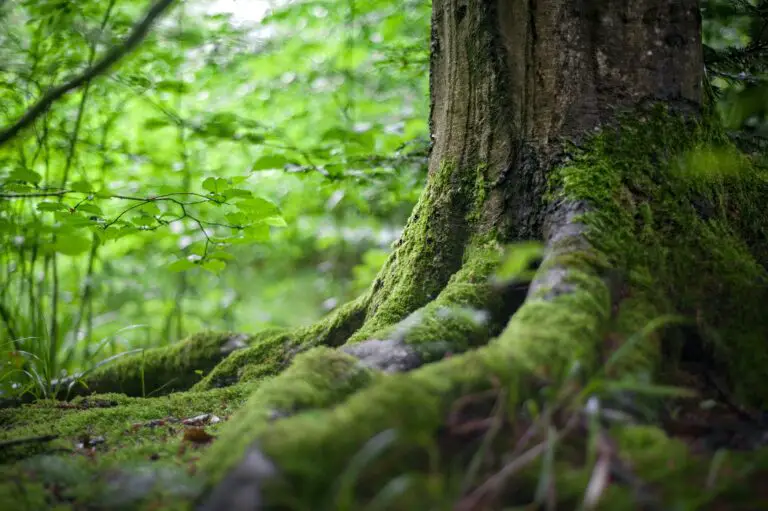
Temperature Tolerance: Preparing for Extremes
Wrestling with the whims of weather, the Crassula species stand as both hardy and delicate in the face of Mother Nature’s extremes. These succulents, known for their plump leaves and robust resilience, still have their limits when it comes to temperature tolerance. To foster a thriving outdoor Crassula garden, it’s crucial to comprehend their comfort zone and the tactical maneuvers needed to shield them from the tantrums of the climate.
Imagine the warmth of a mild spring day; your outdoor Crassula basking in the gentle sunlight — this is their slice of paradise. But as the seasons turn, so does the dial on their thermal threshold. Summer’s scorching sun or winter’s icy embrace can spell disaster if we’re not prudent. It’s a game of degrees where even a slight misjudgment can lead to wilted spirits and leaves alike.
A surge in summer might urge you to take action; consider strategic placement, where the dappled light can play upon their leaves without the full force of the afternoon’s blaze. A shield from the sear, like a shade cloth or a taller plant companion, can act as a parasol preserving their poise.
Winter, however, is a stealthy adversary. The Crassula’s preferred range plummets with the mercury, risking frostbite to their fleshy foliage. When the forecast foretells of freezing nights, think of protection as a blanket: employ frost cloth or move potted plants to a sheltered spot, embracing a proactive spirit before the chill sets in.
There are tales of triumph, of Crassulas resilient through frosts, their leaves like frosted glass sculptures glinting in the wintry sun. Yet, these are not gambles we take lightly. A little foresight, a little care, and your Crassula can emerge from the coldest nights, not just surviving but thriving.
For those who walk the tightrope between too hot and too cold, remember that the secret lies in learning the dance of adaptation, in syncing with the rhythm of the seasons. With a mindful approach, you’ll watch your Crassula flourish, an emerald echo of nature’s enduring force.
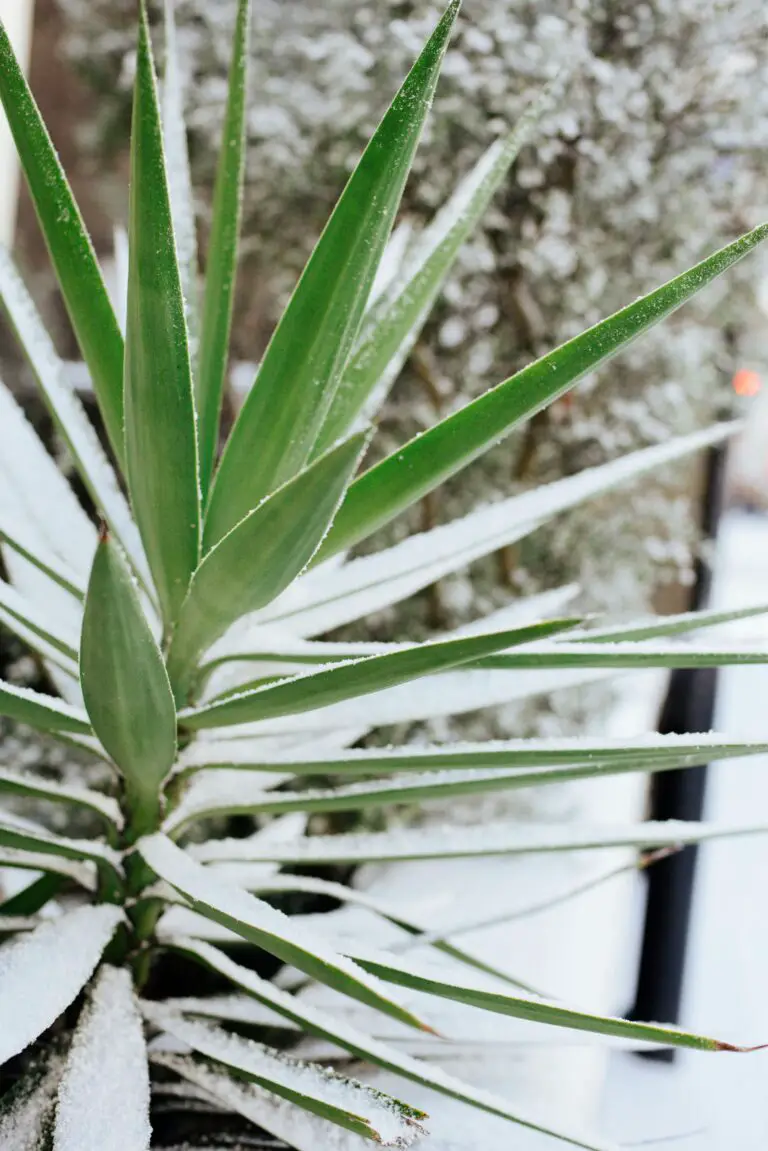
The Right Pot: Container Gardening with Crassula
Embarking on the journey of growing Crassula outside isn’t just a gardening venture; it’s a masterclass in flexibility and control. Container gardening is a charming way to toot your green thumb while tailoring the growth of these succulent beauties.
Let’s talk pot selection — it’s not merely a vessel; it’s your Crassula’s home. The right pot does wonders, from ensuring proper drainage to complementing the aesthetics of your jade-esque jewels. Opting for a terracotta or breathable ceramic pot is like choosing a breathable cotton tee on a hot day — it allows for air and moisture to move freely, which is music to the roots of Crassula.
Now imagine the freedom of portability. Whether there’s a summer scorcher or a chilly night, the mobility of container gardening means you can shield your Crassula from the whims of Mother Nature. It’s like having VIP backstage passes to the best spots around your home.
But the true tour de force in container gardening? Controlling growing conditions. You become the puppeteer of sunlight, moisture, and soil composition. If Goldilocks can have her porridge just right, your Crassula can have its soil just perfect—a concoction of well-draining succulent mix that keeps those roots dry as a bone… but in a good way!
Real-life examples? Picture this: Liz from down the street juggles her collection of Crassula between sun-soaked indoors and a partially shaded veranda, reading her plants’ “body language” like an old friend. And there’s Jim, who uses a wheeled plant caddy to roll his green companions to safety when the forecast screams hail.
The moral of the story? Embrace the art of container gardening with your Crassula, and you’ll be a green-thumbed whisperer, concocting the perfect potion of conditions to keep those succulent secrets flourishing outside.
Common Challenges: Pests and Problems
When it comes to cultivating your Crassula outdoors, you may stumble upon a tiny yet mighty adversary: the garden pest. These uninvited guests come in all shapes and sizes, often leaving behind a trail of destruction on your beloved succulents. Take the aphid, for instance—a notorious sap-sucker that causes growth deformities and weakens the plant. Or the mealybug, with its cotton-like camouflage, stealthily draining the life out of your Crassula’s foliage.
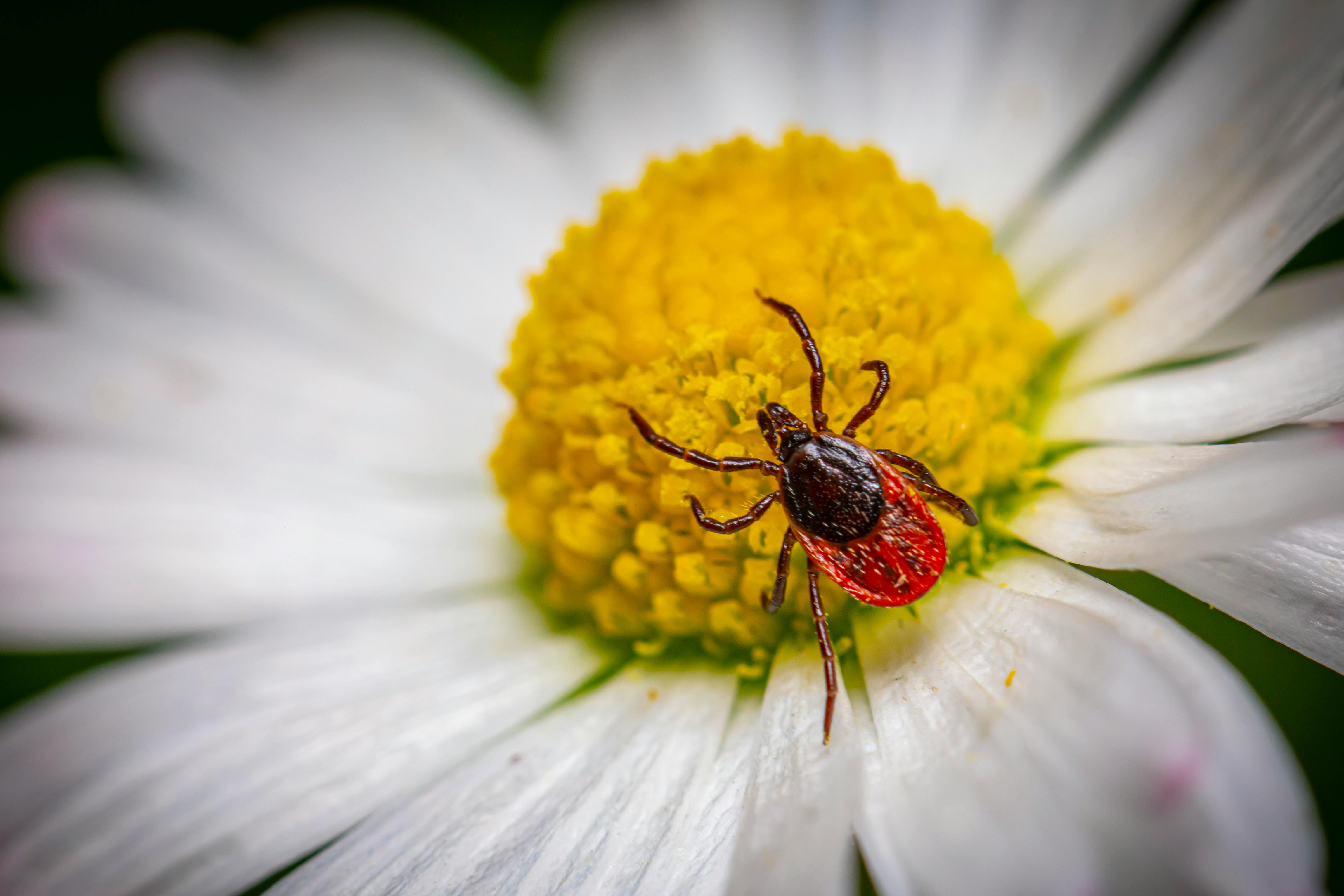
Beyond insects, fungal diseases also lurk, waiting to feast on overly moist conditions. Imagine this: after a season of rainfall, you notice your Crassula’s leaves developing unsightly spots, a telltale sign of fungal fiends like leaf spot or rust. Likewise, overwatering or poor drainage can invite root rot, which can turn an otherwise hardy Crassula into a withering, brown mess.
But don’t let these little blights discourage you. Prevention is key! Creating a care regimen that mimics the Crassula’s natural arid habitat will fortify it against such afflictions. Ensure your outdoor Crassula enjoys well-draining soil, sensible watering practices, and plenty of sunshine. Vigilance plays a part, too—check your plants regularly for any signs of distress and tackle any issues early with neem oil or insecticidal soap.
It’s a tiny battlefield, but with these proactive strategies, you’ll be well-equipped to deftly manage the common pests and diseases that target Crassula in the great outdoors.
Frequently Asked Questions
Ever wonder if the plump, jade-green leaves of a Crassula, also adoringly known as a jade plant, can bask in the glory of the sun outside your window? The resounding answer is – it depends! But worry not, below we unveil the mysteries of growing Crassula in the great outdoors.
Can Crassula withstand the outdoor climate?
Absolutely! Crassula plants, with their resilient and plump foliage, are born survivors. These succulents typically enjoy the sun but can sulk in the face of frost. Depending on your local climate, a game of sun and shade may be necessary. Imagine a Crassula soaking up the morning sun on an east-facing patio – perfect for its solar cravings, without the scorch of midday!
What kind of soil do Crassulas need outside?
Think of Crassula as the goldilocks of plants; their soil needs to be just right. A well-draining mix, mimicking their native gritty homeland, is what they crave. So, skip the regular garden soil and serve up a sandy, succulent-specific mix. It’s like giving your Crassula a first-class ticket to a Mediterranean holiday!
When is the best time to move Crassula outdoors?
Timing is key. Spring whispers promises of growth to these succulents. It’s the ideal season to transition your Crassula to the outdoors. The gentle weather helps it adapt without the stress of extreme temperatures. Think of it as their own version of spring break.
Do Crassulas need a lot of water when grown outside?
Less is often more, and that’s the Crassula’s mantra for water. Remember, they store moisture in their leaves like tiny camels. Overwatering can drown their roots and cause them to rot. An outdoor Crassula prefers a drink only when its soil is dry, maybe a rainfall here and there, or a sparing amount of water from your gentle hand.
Can pests be a problem for outdoor Crassulas?
Invaders such as mealybugs or aphids might find your Crassula as delightful as you do. However, keeping an eye out and engaging in regular plant check-ups will keep these unwanted guests at bay. A simple spray-down with soapy water or neem oil can be the equivalent of a “Keep Out” sign for these pesky critters.



